- Find Your Adventure
- Hiking + Backpacking
- Camping
- Parks + Wilderness Areas
- Special Destinations
- Ocean Beaches + Shores
- Canoeing, Kayaking + SUP (Flatwater)
- Snowshoeing + Microspikes
- Swimming Holes
- Mountain Biking
- Mountaineering
- Backcountry Skiing + Splitboarding
- Lodging
- Hot Springs
- Cross-country Skiing
- Rafting + Kayaking (Whitewater)
- Wildlife Viewing
- Travel
- Video
- Articles
- Become a Contributor
About Us
We believe good things come from people spending time outside. It’s about more than standing on the mountain top. It’s about nourishment and learning. It’s about protecting what sustains us. It’s about building relationships with the outdoors and each other.
Join free
Sign up to receive our newsletter packed with the best adventure guides, travel ideas, news, and articles.
We promise not to annoy you, but if you wish, you may unsubscribe at any time.
Outdoor Project may earn commission on products purchased through our links, which supports the work we do for our readers.
© 2024 Outdoor Project. All rights reserved.



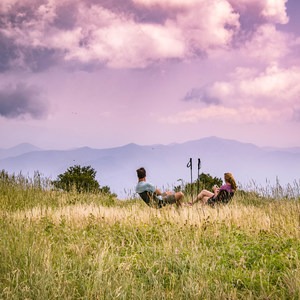
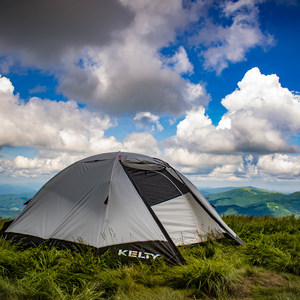
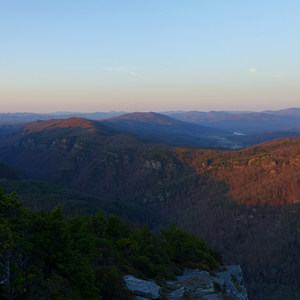
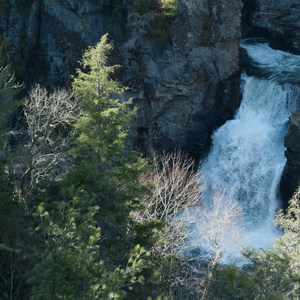
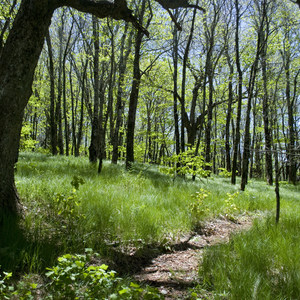
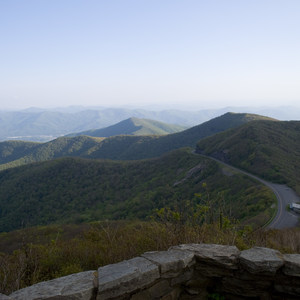



Comments
1) The Linville Gorge Wilderness is one of the largest in the country? This is laughably ridiculous. It is only the 5th largest wilderness area in North Carolina behind Shining Rock, Joyce Kilmer-Slickrock, Pocosin, and Southern Nantahala. The wilderness areas in the western U.S. are many scales larger than Linville Gorge. The largest have hundreds of thousands of acres and some have millions. LG has 11,651 acres, it is not close to the top 100 largest in the country.
2) There is no such thing as the "East Rim Trail." From what I can tell it is a collection of trails along the east side of Linville Gorge, and maybe some road walking in between. No one calls a full hike of the eastern rim the "East Rim Trail," they refer to any of those trails by their actual trail name. It is impossible to do a 22-mile eastern rim hike without forest roads and unofficial manways connecting the official trails.
3) The highest peaks in the southern Appalachians are not balds. Grassy Ridge Bald is the tallest grassy bald in the Southeast at 6,160 feet high, and it is only the 22nd highest peak NC and TN. The highest peaks between 6,000-6,684 feet are dominated by dense southern Appalachian spruce-fir forest, notably in the Black Mtns and the Great Smoky Mtns. Most grassy balds are between 5,000-6,200 feet and are maintained to preserve the grassy state so mountain laurel and blueberry don't overcome the grasses. The natural state of the highest peaks are dense conifer forests leftover from the Ice Age glacial retreat.
Also, Linville Falls is approximately 50 feet high. No clue where that 90-foot statistic comes from, that is way too high.
Sign In and share them.